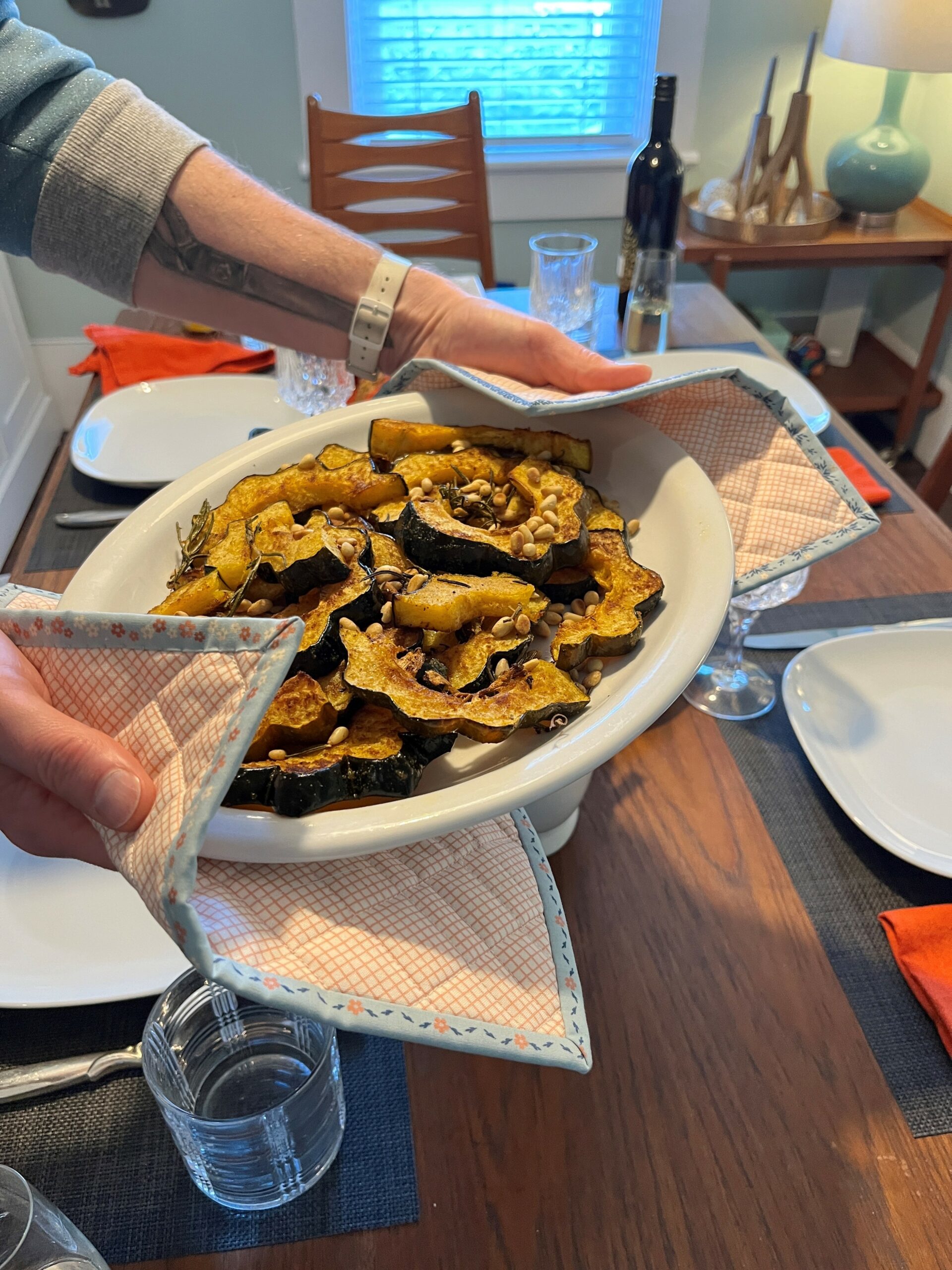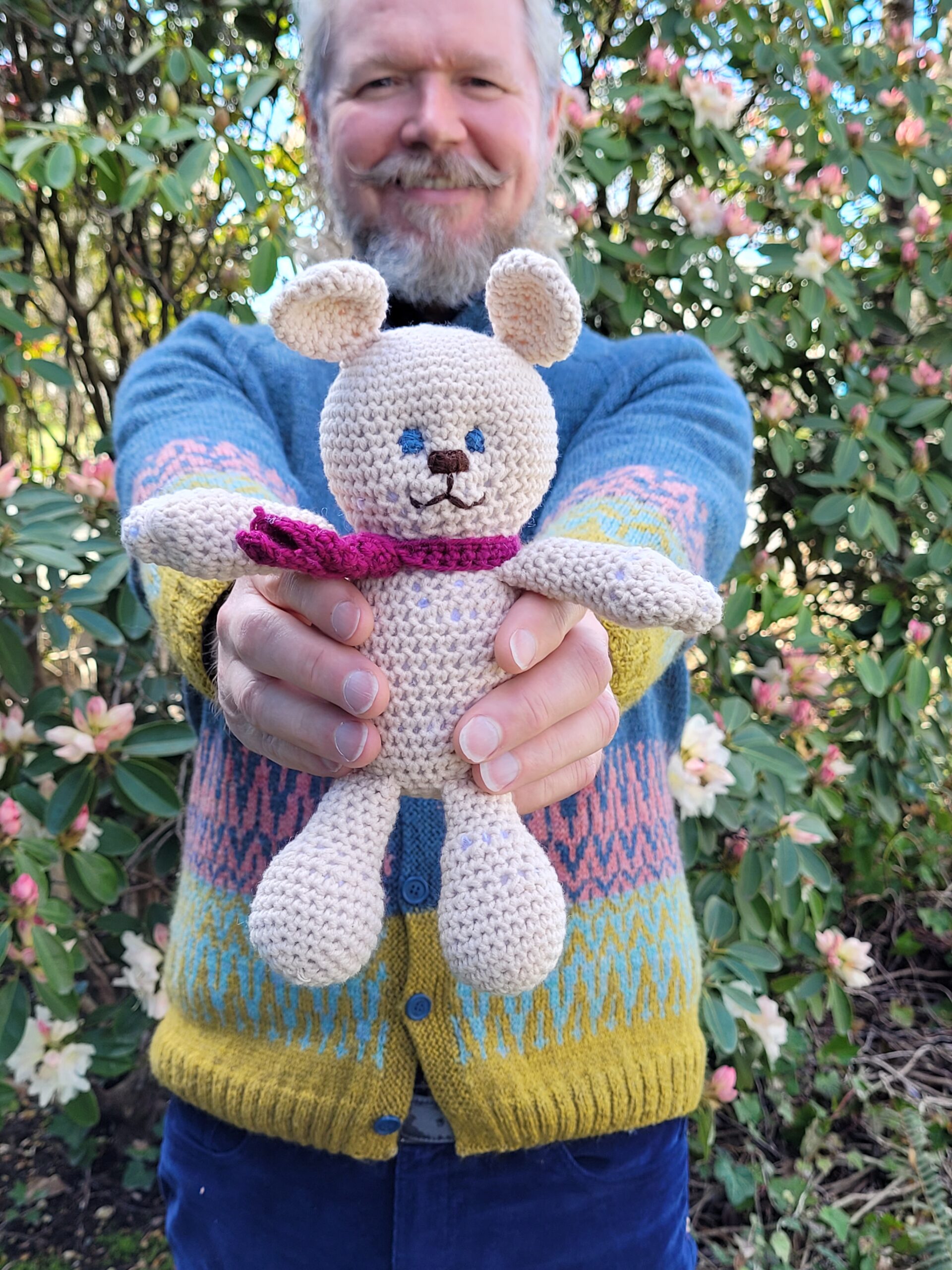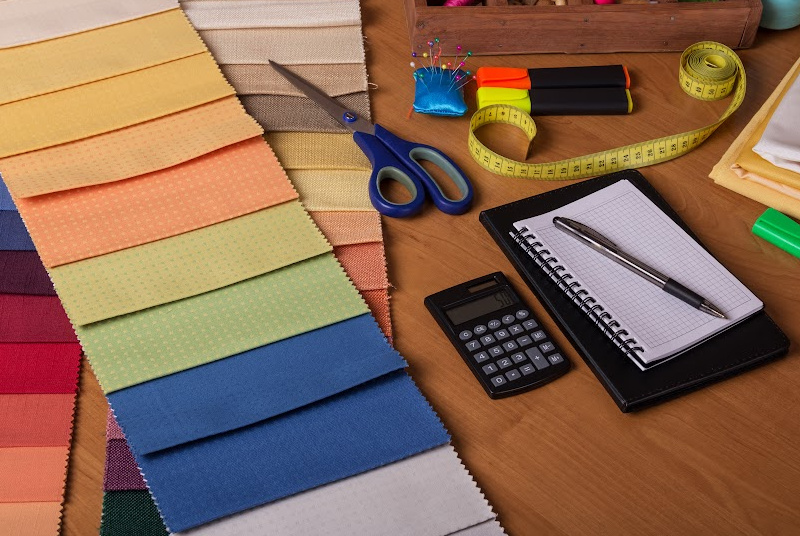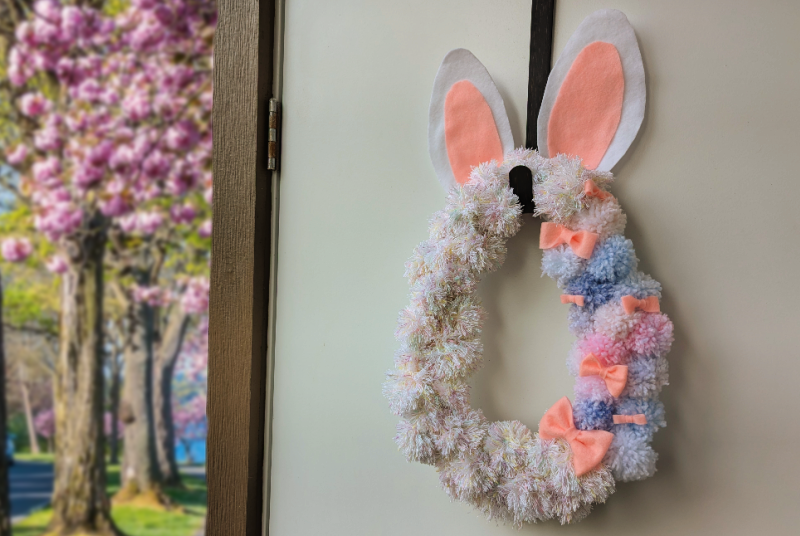You may be a lover of sewing, but have you ever wondered how or when your sewing tools were invented? Or do you think about how you can so easily run to the store and fetch that much needed spool of thread, or that card of buttons? For centuries, buttons were the height of luxury, and now we can so easily open a drawer and select the perfect button for our garments without a second thought. So, when were buttons invented, and what made them so lavish that some buttons today are worth thousands of dollars?
The history of buttons is as vast and varied as humans are, and their purpose spans throughout the ages. Whether they were being used as a status symbol by the Prince of France, or to simply fasten a coat by the poorest of factory workers, it’s important to see just how much buttons have changed, and how much they impacted history.
The first evidence of a button being used dates back to 2800-2600 BCE during the Indus Valley Civilization (now modern day Pakistan). Buttons in those days were held in place by brooches or similar jewellery, and they were used as ornamentation and as seals, rather than fasteners. This held true through other historical finds such as the discoveries at the Tomb of Eagles site in Scotland (2200-1800 BC), the Bronze Age sites in China (2000-1500 BC), and throughout Ancient Rome and Egyptian archaeological locations.
Each civilisation had their own beautiful spin on the infamous button, and they used a variety of materials to make them as attractive as possible. From shells, to wood, to precious metals, these buttons were designed to show the status and wealth of the wearer.
This all changed in the 13th century when the button hole was invented, and the use of buttons became the most practical form of adornment. Buttons became so prominent in fact, that there was actually a sumptuary law put in place to limit their use! This law was designed to limit excessive, personal expenditures in an attempt to prevent extravagance and luxury. That hardly stopped the elite however, and their popularity rose while also slowly becoming the preferred method of dress amongst the poor.
While the wealthy luxuriated in their choice of material, the lower-class were far more likely to use common, everyday materials like animal bone, or wood to create their fasteners. These materials were also typically used as the base for fabric-covered buttons, or string buttons. Few historical finds remain of these button types because of the soft materials used to create them, but the ones that are found show the hard work and dedication that went into their design.
By the 14th century, buttons were typically being used as ornamental fasteners that went from elbow to wrist on coats, and dress wear, and similar to modern attire, from neckline to waist. Expensive buttons were made from gold, silver, ivory, copper and copper alloys. The metal buttons were frequently embellished with ivory, tortoiseshell, and jewels. Some were so extravagant that a 13-piece set made from metal with ruby-inlays sold in 2011 for $20,000 in a Christie’s auction.
In the 18th century, embroidered buttons became all the rage in order for the designs to match expensive, fabric garments. The wealthy elite would also have buttons made from ceramic and glass, with porcelain buttons being considered a French speciality. These delicate pieces were painted by hand, or a master design would be hand-painted and then a transfer painting would be done using coloured inks. Ceramic buttons were also popular in Japan at this time, and were often painted with traditional motifs.
Some unique button materials were used in China during the 19th century as well. These fasteners were made of either carved vermilion lacquer on a wood base–creating beautiful, intricate designs—or they were decorated and lacquered papier-mâché. These designs became extremely popular in Europe in the late 1800s, and were considered masterpieces.
Mollusk shells, and pearls were another popular material used for buttons, and we saw their rise in popularity increase in the 1890s. This began when American Manufacturer John F. Boepple started using less iridescent but abundant freshwater mussel shells found along the Mississippi River to create his fasteners.

More practical button wearers in the 1800s, such as the working class and military personnel, often wore buttons made of pewter, since the metal was easy to come by and could be stamped efficiently. The material would be moulded or stamped out to create simple, but pragmatic designs, and their look was hated by blue-blooded individuals. Additionally, cast brass buttons and calamine brass buttons were popular amongst the lower class since they were inexpensive and could carry ornamental designs while not being seen as distasteful by the upper-class.
By the 20th century, buttons had become primarily utilitarian and not decorative, and in many cases were replaced by a new invention, the zipper. Still, in 1918 the US government did an extensive survey on the internal market to see what people were making their buttons out of, and they found a wide variety of options. From wood, to cotton-covered crochet, lead, horn, rubber, and stone, with a plethora of other material in between, buttons were still being made to suit everyone’s needs.
The shift to making buttons out of plastic, and resins happened predominantly in the 1930s, and started taking on more modern designs. Most buttons are now geometric, or abstract shapes, instead of the opulent designs from centuries ago. Currently, over 60% of the world’s buttons are produced in Yongjia County, China.
Still, buttons are a time-worn, staple of clothing that have been around for centuries and we cannot deny their importance throughout history. While they offered ornamentation for the fanciest attire, and the utilitarian need of the masses, they have become just one of the many important tools in a sewer’s kit. History used to be stamped on the front of a button, and it told a story about the wearer just as much as it flaunted their fortune. So, next time you’re at the store looking at the humble button, try thinking about how this little piece of metal or plastic used to be considered one of the most important parts of a wardrobe.
Sources: Wikipedia and Britannica






















4 thoughts on “The history of sewing: the evolution of the button”
What a great article . I always love any history of sewing. I started sewing on my Mothers treadle machine when I was 7 and I have sewed ever since. Brothers and Pfaff are my machines of today.
Thank you, love your store.
Thanks so much, Leslie! It’s so interesting to hear about your experience. Sewing history is so vibrant, it’s always neat to hear about how people got their sewing-start.
I have brass buttons from my uncles airforce uniform and a delightful collection of old and antique buttons. Sometimes I even use them on a special garment. Mostly I just really enjoy looking at them and thinking about the clothing they once adorned and what like was like in those times.
Thank is so cool!